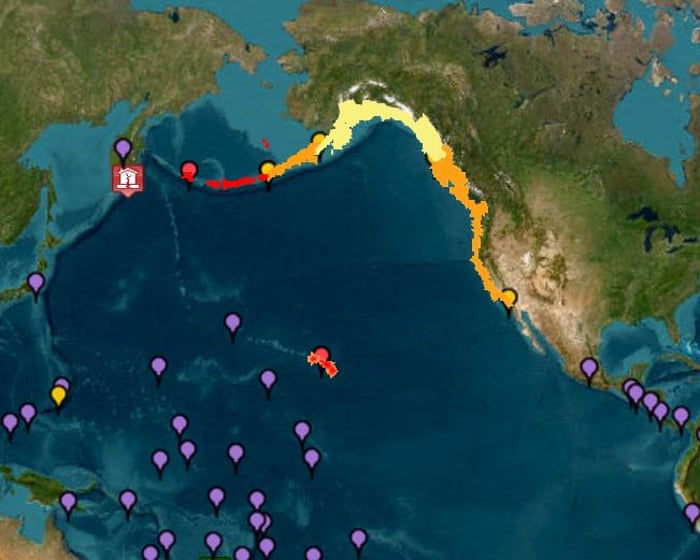An 8.8-magnitude earthquake struck off Russia’s Kamchatka Peninsula early Wednesday, triggering tsunami waves in Russia, Japan, and Alaska. Warnings were also issued for Hawaii, North and Central America, and Pacific islands as far south as New Zealand. The Pacific Tsunami Warning Center said waves of 1 to 3 meters could hit coastal areas of Hawaii, Chile, Japan, the Solomon Islands, Russia, and Ecuador.
This was the strongest quake in the region since 1952, according to the Russian Academy of Sciences. It occurred at a depth of 19.3 km (12 miles), about 126 km (80 miles) east-southeast of Petropavlovsk-Kamchatsky. Kamchatka’s governor called it the most powerful earthquake in decades, reporting damage to a kindergarten.
In Severo-Kurilsk, the main town on Russia’s Kuril Islands, a tsunami wave destroyed coastal buildings. Authorities declared a state of emergency, but the mayor confirmed all residents were safely evacuated. Parts of the town were flooded.
Japan recorded three tsunami waves, the largest reaching 60 cm, and warned of possible 3-meter waves along its northern coast. Workers at the Fukushima nuclear plant were evacuated, though no abnormalities were detected. The plant suffered a meltdown after the 2011 tsunami.
In the U.S., tsunami sirens sounded in Honolulu, urging people to move to higher ground. Alaska’s National Tsunami Warning Center issued alerts for parts of the Aleutian Islands, the West Coast (including California, Oregon, and Washington), and Hawaii. Former President Donald Trump urged Americans to “stay strong and stay safe.”
New Zealand warned of strong, unpredictable currents along its coasts but said evacuation wasn’t immediately necessary. Indonesia also cautioned that waves under 0.5 meters could hit parts of Papua, North Maluku, and Gorontalo.
Peru’s Geophysical Institute predicted tsunami waves would reach its shores by Wednesday morning, likely under 3 meters. Mexico mobilized authorities to keep people away from Pacific beaches, warning of strong currents from Baja California to Chiapas.




